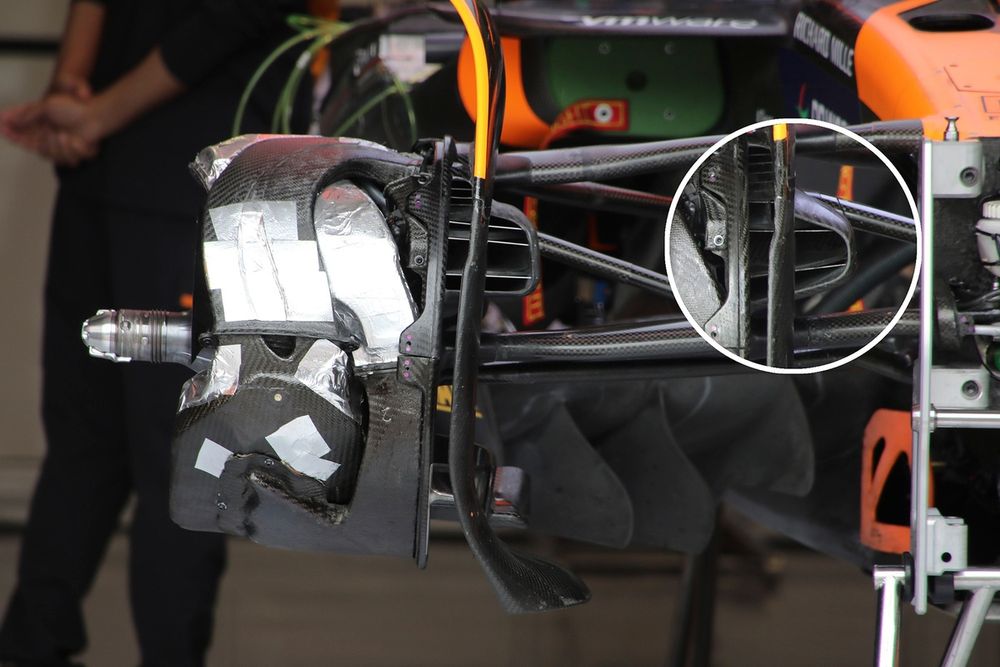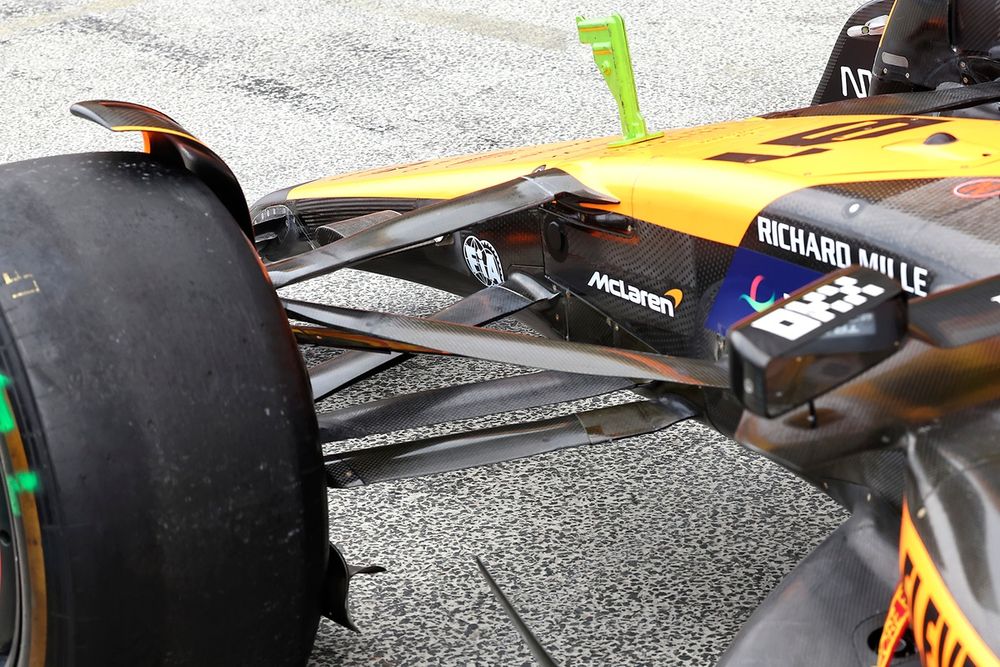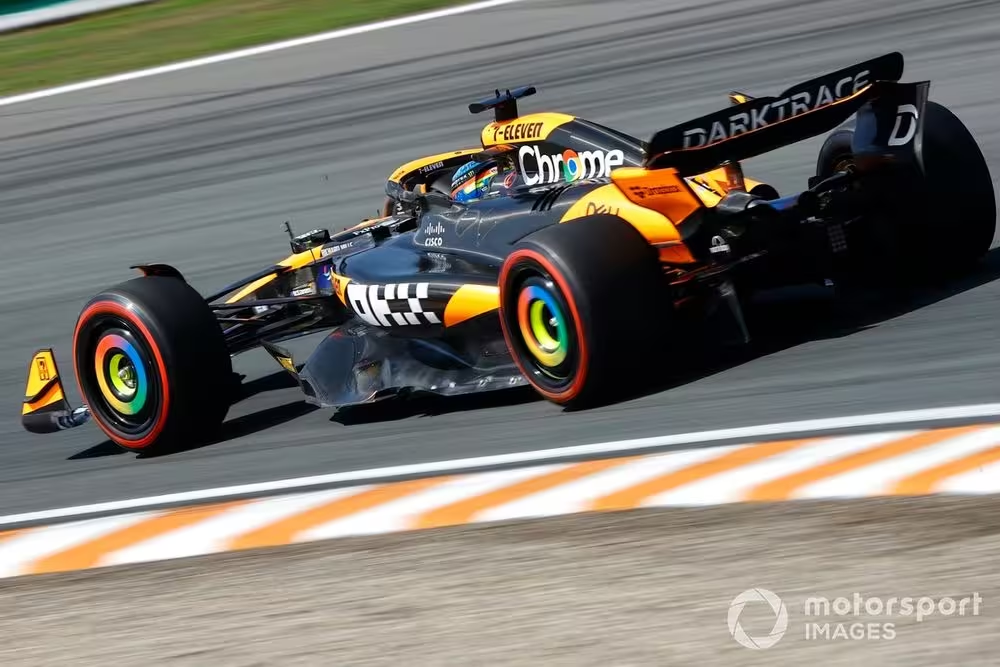McLaren has been Red Bull’s main challenger in Formula 1 over recent months, despite the papaya team not bringing any major car developments since its Miami upgrade.
At the Dutch Grand Prix, however, it unleashed a notable development step aimed at improving the MCL38’s aerodynamic efficiency – an area where its main title rival is so strong.
But despite McLaren’s impressive form in getting the most of its 2024 challenger, the problems faced by a number of rival outfits in getting upgrades to deliver what was hoped for on track has left the team cautious about getting too carried away with expectations.
Chief designer Rob Marshall said that it was far too early to judge how big a leap in pace the changes would produce, as he acknowledged that the Miami tweaks had perhaps added more speed to the car than even the team had anticipated.
“It over-delivered the Miami one, it was a bit of a surprise to us how successful it was,” he said.
“Hopefully, it’s a decent chunk again, but it’s less clear.
“There’s some things we’re not so certain about, some things are slightly more risky than others. But unfortunately, with the weather as it is, it’s going to be difficult to assess this weekend as well, I suspect…”
Oscar Piastri, McLaren MCL38
Photo by: Andy Hone / Motorsport Images
So, what has McLaren changed? At the front of the car, the team has introduced a revised brake duct scoop, in order to find the right balance between the cooling performance that’s required and the influence it has over the aerodynamic flow field.
It’s clear to see how the scoop has been altered in shape, with more bulk moved to the upper corner, which has allowed for a shorter, squarer lower section.
The front suspension fairings have also been fettled to accommodate the aforementioned alterations to the brake duct scoop, with their aerodynamic performance affected in tandem both locally and downstream.


The MCL38’s floor and edge wing have also been modified, with some subtle but meaningful changes made to the geometry and contours on the edge wing.
Furthermore, the large, robust metal support brackets have also been repositioned, reoriented and their high-arched appearance shrunken down to better suit the new surfaces.
This may allow the brackets to influence the airflow in a slightly different manner than before, without overtly impacting the edge wing’s propensity to flex.
One aspect we are unable to assess,…
Click Here to Read the Full Original Article at Autosport.com – Formula 1 – Stories…

